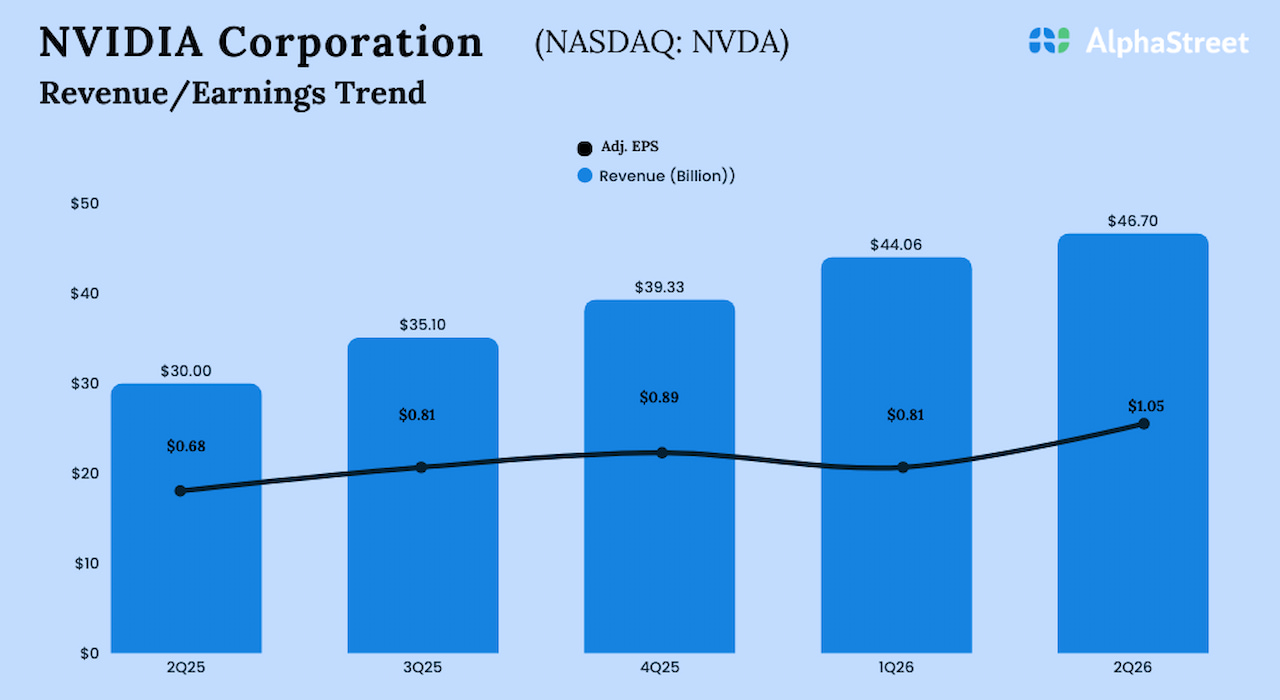1. A Strong Value Metric
A value metric is the core unit of measurement upon which your price is based. For example, many B2B software companies price on a per-seat basis, whereas in the physical consumer world, gas stations charge by the gallon. One may ask – why don’t they charge per car? Because it wouldn’t make sense for all size cars. But without that common sense logic in software, what actually makes a great value metric?
It grows alongside the customer.
As the customer grows in size (employees, revenue, etc.) and therefore gets more usage out of the platform, the value metric should push the customer to pay more over time. The more value from the service, the more they should be willing to pay to maintain that level of service.
It is easily understood and forecasted by the customer.
Customers should be able to easily estimate the number of value metrics they will need. For example, if they can’t estimate how much their service will cost without the help of a sales rep, it’s probably not the right value metric.
It clearly matches what your customer needs from your service.
The value metric should be the exact thing your customer needs as an output. For example, Dropbox charges by the amount of storage, because that is the exact thing that customers need.
Don’t confuse primary and secondary value metrics.
Secondary value metrics are tripwires or bands of usage that make a customer upgrade once they max out on their existing plans. Your primary value metric should not monopolize your ability to put these limits in place, but first and foremost it should follow the rules above. For example, Salesforce built packages that may be purchased on a per-user basis but also limit usage based on the number of records in an instance.
2. Differentiated Feature Packages
While a product’s features will evolve over time, it’s important that you have the ability to offer functionality that suits your buyer persona’s needs. Since every buyer won’t be the same, it’s important to design a SaaS pricing and packaging model that each type of buyer identifies as a good solution for them.
There are at least 3 separate feature packages.
Are there separate package offerings that allow you to build custom offerings for each type of customer you are targeting? Also, having more features will give your sales and marketing teams more opportunities and levers to sell.
There are at least 2 core value-driving product features that differentiate each package.
Value-driving features are product functions that customers really want and are willing to pay more to access. They are the must-haves in a list of product features. By adding more-value driving features, it creates an incentive for customers to purchase more expensive packages as they realize they must have those additional features.
Customer support services should be clearly differentiated across packages.
Just as with core product features, there should be different levels of customer service associated with each feature bundle. Since the needs and support time of customers will vary, we want to make sure our customer support resources are dedicated to those who have purchased the largest packages. This can be differentiated on turnaround time, support channel or support hours.
Optional: Have a thoughtful add-on strategy.
Think carefully about which features you want to offer as add-ons in your pricing and packaging model. Add-ons are features that can be purchased a la carte on top of subscription bundles. The best type of features eligible to be add-ons are ones that a select few customers want and have a very high willingness to pay for.
3. A Customer-Aligned Model Structure and Price Points
While creating bundles of features and choosing the right value metric puts you on the right track to developing a rock-solid pricing and packaging strategy, the key is choosing the right structure that allows you to give your customers some choice (but not too much). In addition, the model should allow the customer to grow and spend organically over time.
Consider including a usage component or charge in your pricing model.
While most pricing and packaging structures are business- and product-dependent, the best-in-class option that many companies are currently using is a hybrid SaaS-plus-usage model. This means that customers pay a baseline recurring subscription fee on a monthly or annual basis and then are charged (or have to purchase credits) for product usage above a certain threshold.
Offer a try-before-you-buy option.
Customers should be able to try the product before being locked into a multi-month or yearly contract. While you don’t need to offer full functionality, customers should be able to at least get a feel for the core feature functionality and use cases with a limited-time free trial capped at a specific product usage metric.
Offer a custom or enterprise plan.
While well-thought-out bundles of packages will be the best strategy for the vast majority of customers, there will be the occasional prospect that wants fully customizable solutions or unlimited usage. Instead of turning the business away, offer a custom plan on the top of your pricing and packaging model that gives your sales team more flexibility to close the deal.
Is there volume-based discounting?
There should be a discount in price per value metric applied as a customer purchases more seats or more usage capacity. For example, a customer purchasing 10 seats should not be paying the same amount per license as a customer purchasing 100 seats.
Are the price points and structure in the ballpark of the right competitors?
While your price points themselves may need to be experimented with, they should be in the ballpark of what your competitors are offering. It’s completely fine to be positioned as a premium or more affordable solution, but make sure that the price point and structure is relative to the type of customer that your competitors are also targeting.
If you are going after small and medium-size businesses and your competitors are targeting enterprises with similar sounding solutions, the price points and feature functionality will be very different.
Optional: Create monthly and annual (15% to 20% discount) price points.
Having both options will give the customer the power to choose how they want to purchase the software. Not all industries want to commit to a long-term purchase, while others want to predict expenses years out. Annual may lead to more predictable revenue for your business, but the customer may want more flexibility to manage for other factors in their business.
4. Clear Positioning
Building the pricing model is only half the battle. Making sure that you position your product effectively to your internal stakeholders, customers and prospects is equally if not more important. A strong marketing and positioning plan will increase your odds of being able to communicate the value of your product in the market, and it’s up to everyone within the company to be able to articulate it properly.
Descriptions of each plan should speak to its target customer.
Each of the subscription plans should have a clear name or description that speaks to the needs and profile of the customer that it is designed for. Long gone are the days of “starter,” “scaling” and “enterprise.” Instead, think of creative plan names that help you better position the offerings.
There should be a compelling call to action for each plan.
This could be a checkout, demo or trial option, but make sure that it’s exactly clear what will happen when the user clicks.
Features should be easily understood on the website.
There should be descriptions available for each of your features. Not every potential customer will know exactly what every feature does. A good way to do this is to have a hover-over option on the website that gives a brief sentence on what the feature is. Good examples include Jazz HR and Guru.
Educate your sales and customer success teams on how to articulate the new model.
Your sales and customer success teams need to understand how your pricing and packaging model is built and how your product is positioned in the market to be able to effectively talk to prospects and customers.
Optional: Price points should be transparent on the website.
There are different perspectives on if this is a good or bad practice, but the general rule of thumb is that it’s better to be as transparent as possible. Potential customers want to know upfront if your price point is going to be within any sort of reasonable budget range.
Even if you don’t include a set price point on the website, you could include language such as “Starting at $X/user,” which gives prospects a rough estimate of what they may expect to pay.
Why Is Pricing and Packaging Important?
Pricing and packaging is important because it’s an effective growth lever that closely intertwines with a company’s product, sales, and retention strategies.
The reality, however, is that it can be a very daunting initiative to tackle, especially with the number of stakeholders needing to get involved. This guide and framework should give you a good starting point to think through the critical pieces of your SaaS pricing packaging.
As you learn from your new model, you’ll come to realize that making price changes is no different than staying in shape. Any startup team should be constantly evaluating and revisiting, just like any other lever of your business.
To get your pricing and packaging into tip-top shape, download the free product monetization checklist from our Fuel platform.







































